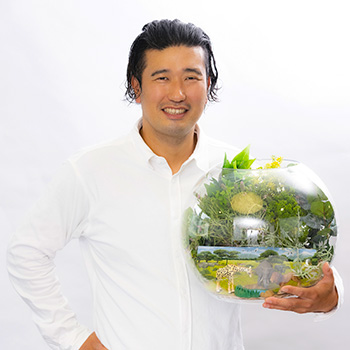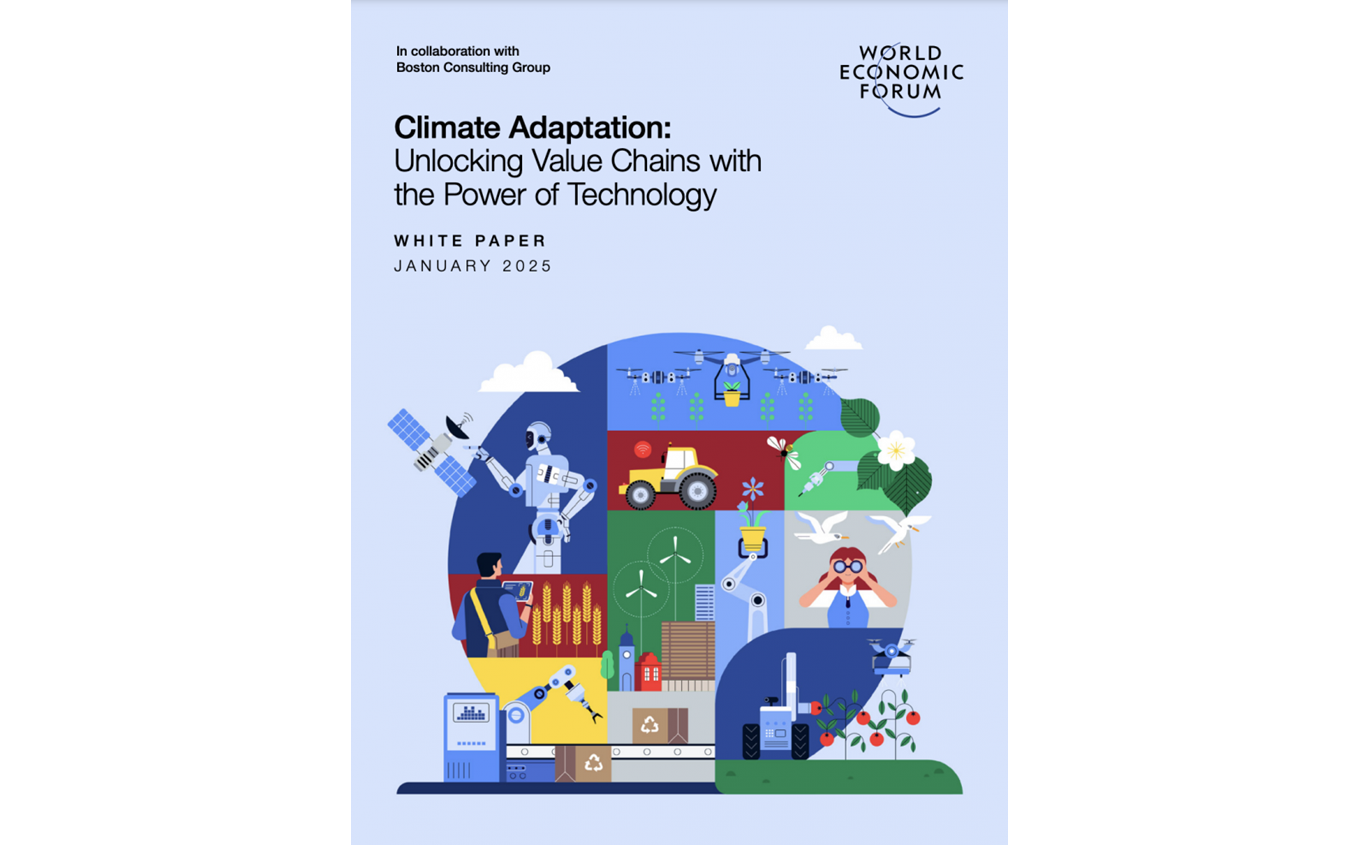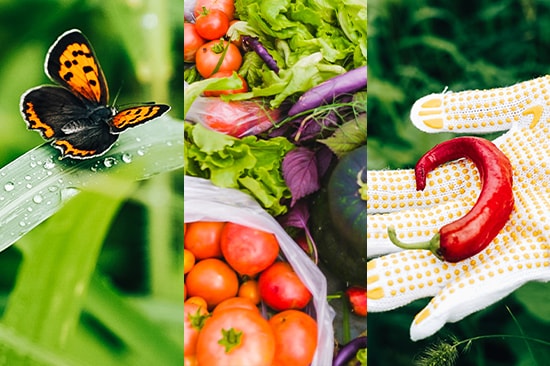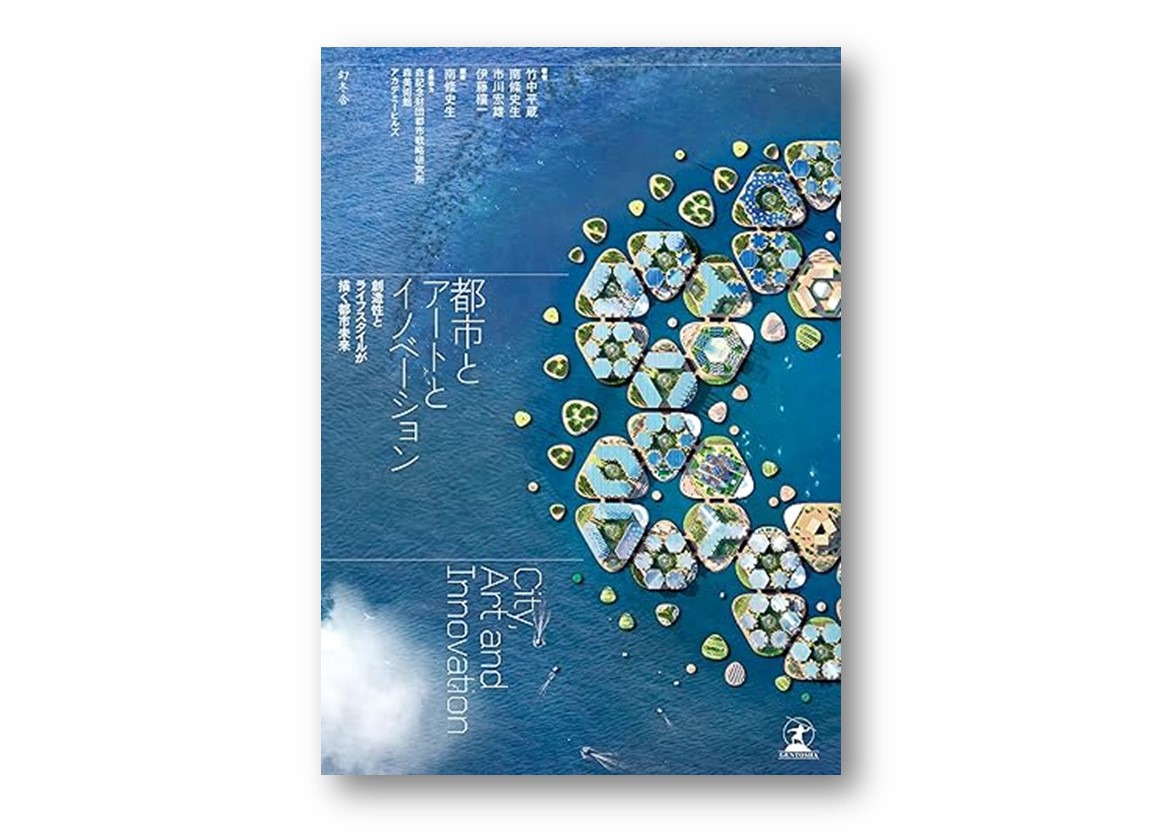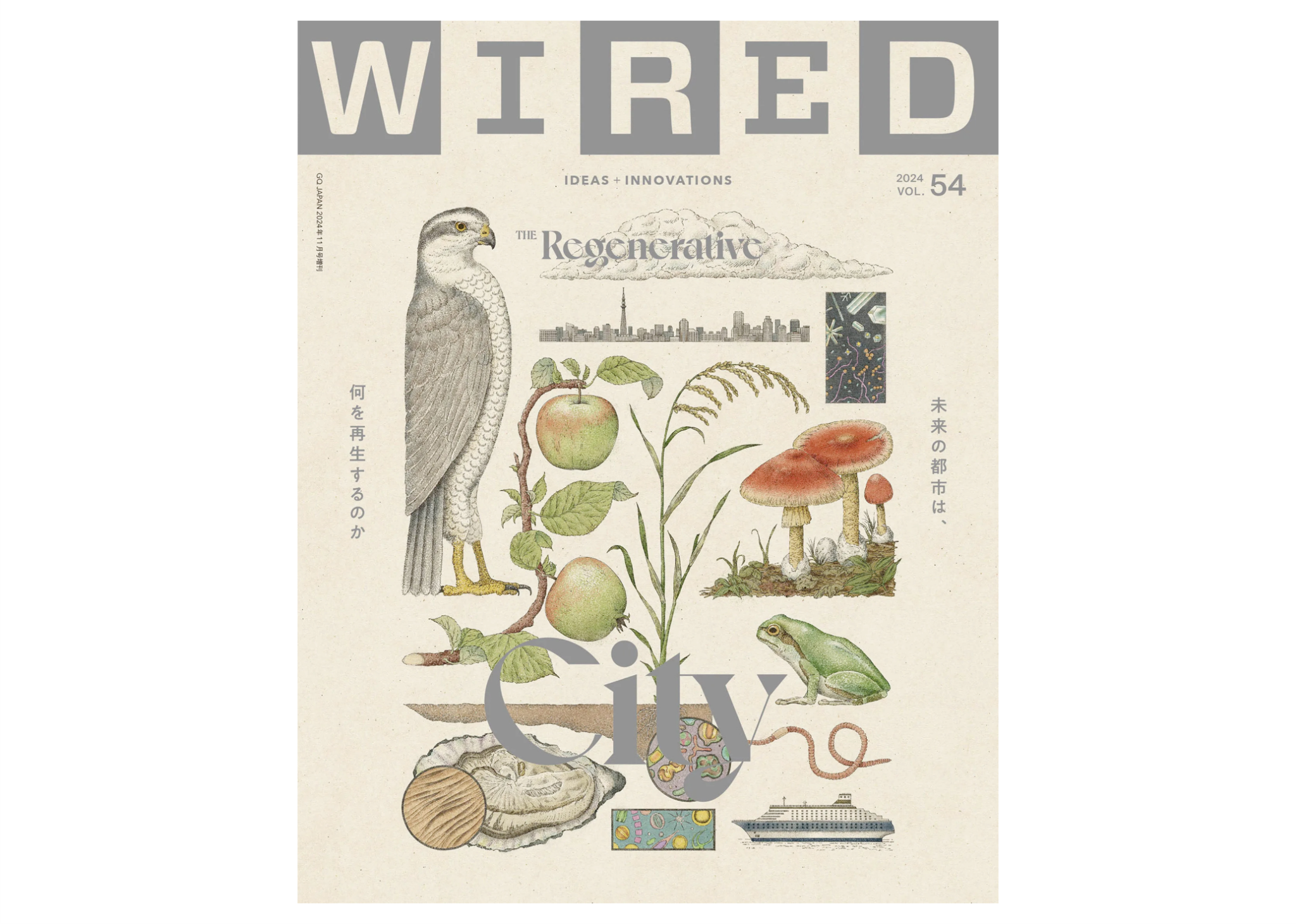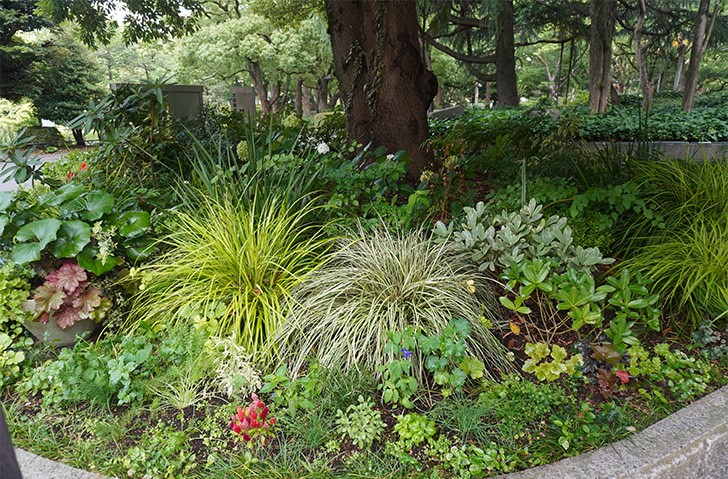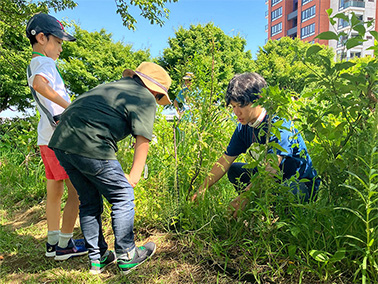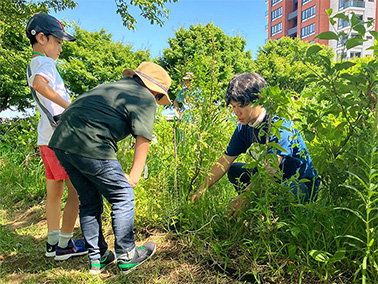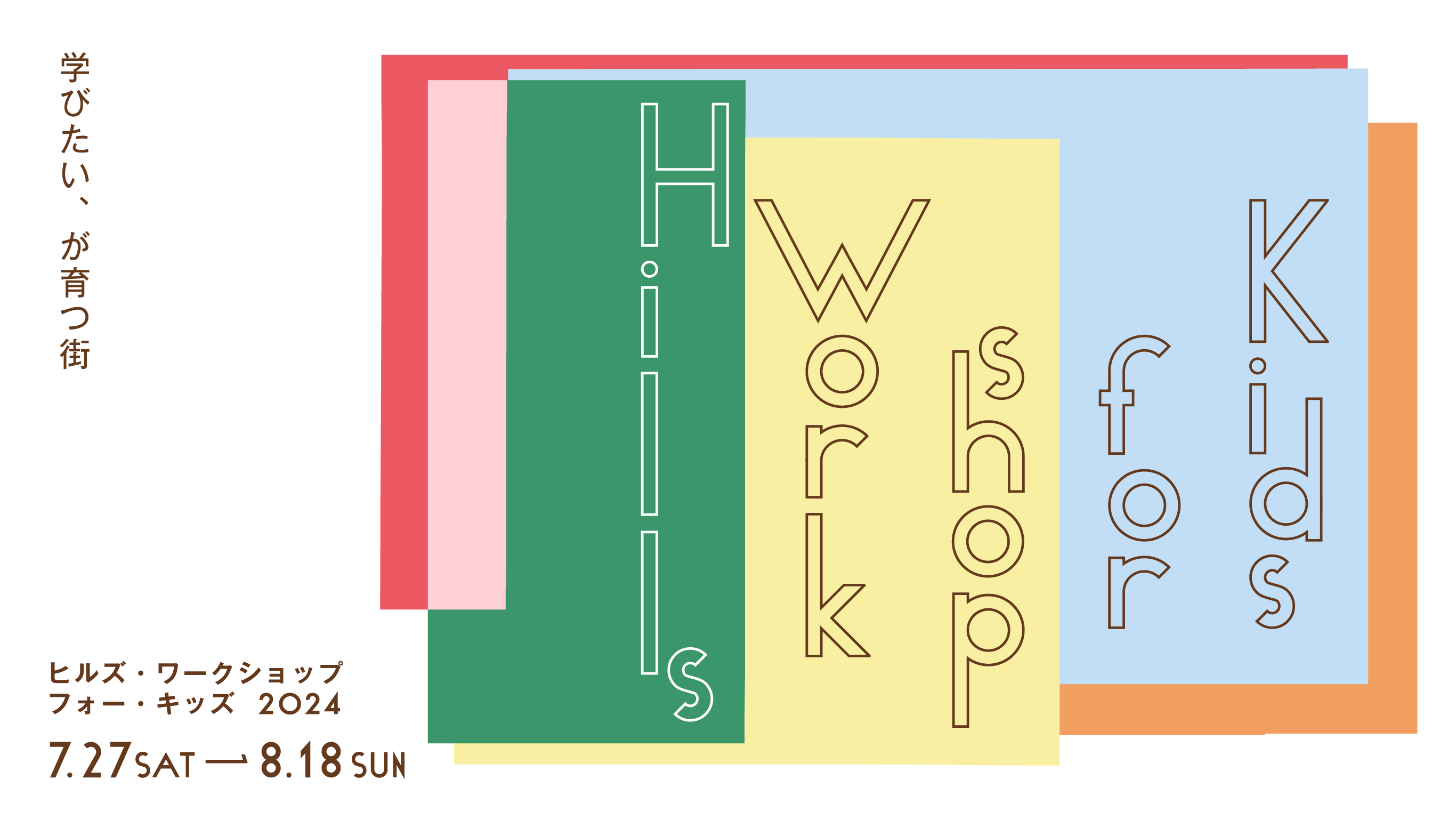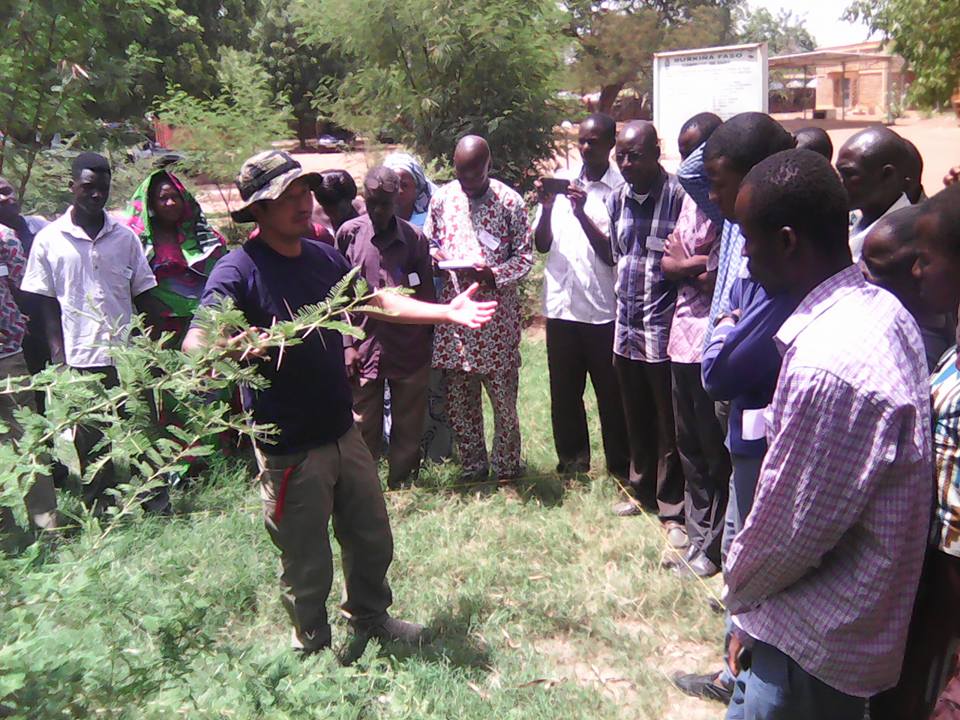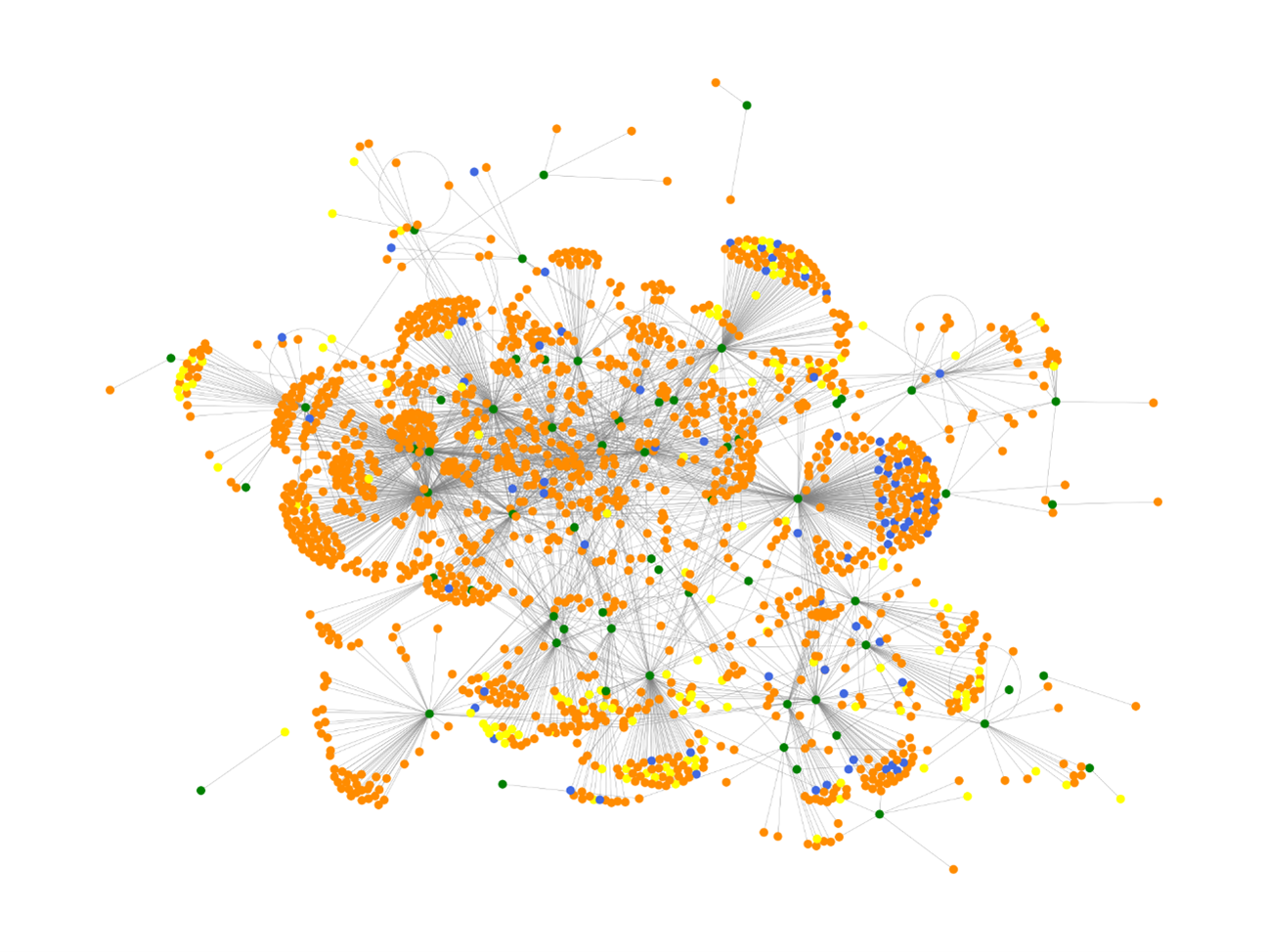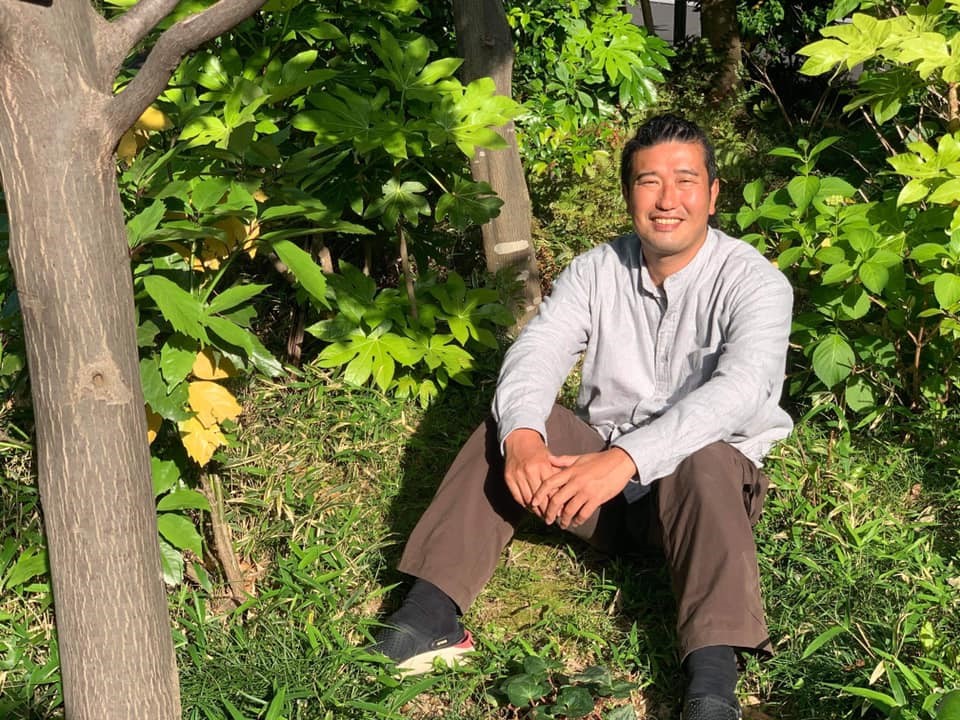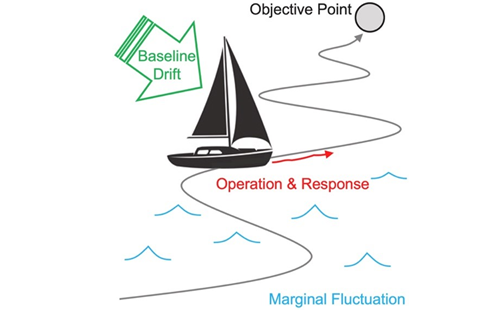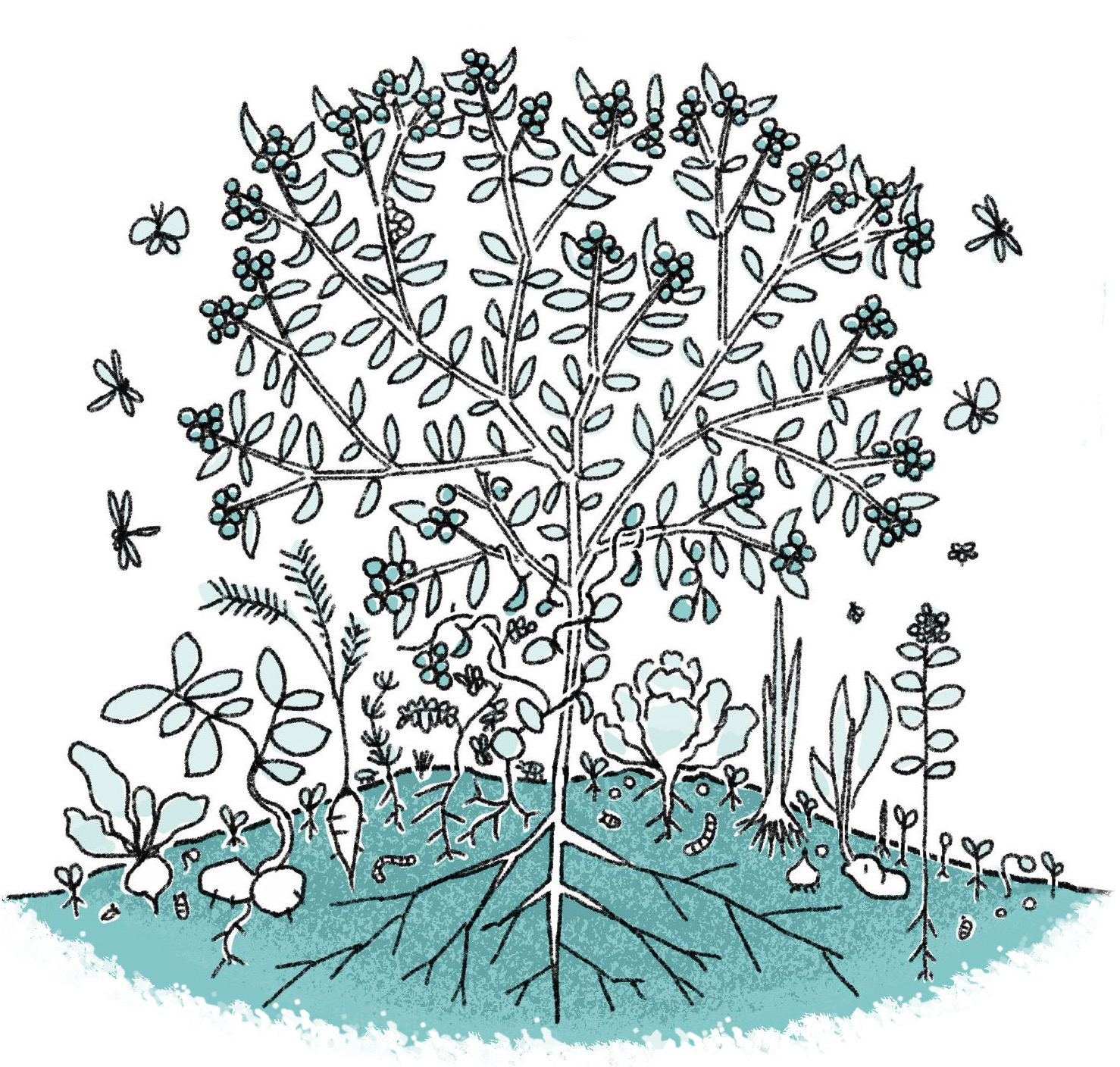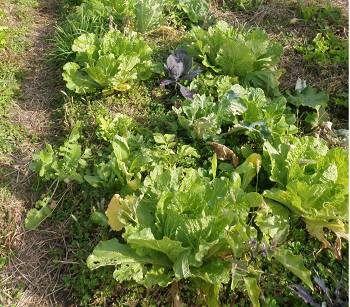2015年1月にブルキナファソを訪れた際に交流した地元の NGO、AFIDRA (Agence de Formation et d’Ingénierie du Développement Rural Autogéré)と共同で、東部地方のタポア県に協生農法のパイロット農場を作ろうという共同計画が持ち上がり、放置されていた500 ㎡の乾燥地を利用して約150種の在来種の栽培を2015年3月からスタートさせました。伝統的な農業や過放牧によるレジームシフト(砂漠化)により、それまでは自然発生的な植生回復は望めなかったのですが、協生農法により健全で豊かな生態系を短期間で一気に立て直すことができました。2015年6月には初めての収穫を迎え、その高い品質が地元の市場で認められ、通常の農産物の倍の値段で販売することができました。年間ベースでブルキナファソの平均国民所得(GNI per capita, 世界銀行 2015)の20倍、首都での絶対的貧困線(INSD 2014)の50倍を上回る収益を上げることができました。このことによって、多くのステークホルダー、研究者、および政府を説得することにも成功し、アフリカにおける協生農法の第一回国際シンポジウムを2016年10月に開催することになりました。開催にあたってはソニーCSLが出資し、ブルキナファソの農業水利省、ユネスコ大学間等ネットワークのCS-DSプログラムから支援を頂きました。
シンポジウムの成果として、協働のための基本指針を掲げたファダングルマ宣言2016 が採択され、各方面からの協力により、アフリカにおける協生農法の研究センター、CARFS(Centre Africain de Recherche et de Formation en Synécoculture)を設立しつつあります。タポアのパイロット農場で慣行農法の40−150倍の収益を上げることに成功したおかげで、シンポジウムを機にファダングルマ近郊にアクセスの良い1ヘクタール強のパイロット農場を作ることになりました。今後、サブサハラにおける協生農法普及活動の拠点となる農場です。サブサハラにおける協生農法の成果は、貧困からの脱却だけでなく、その目覚ましい環境構築効果から2020年までに生物多様性条約の定めた愛知目標をサヘルの乾燥地帯でも実現しうることを示しており、官民一体となったプロジェクトが進行しつつあります。
(Trailer in English)
Since the first visit to Burkina Faso in January 2015, a joint program was agreed with a local NGO AFIDRA (Agence de Formation et d’Ingénierie du Développement Rural Autogéré) to set up a Synecoculture pilot farm in the eastern province of Tapoa. The project started in March 2015 and seeds from 150 native species were cultivated on 500 square meters of neglected, arid land. Because of desertification from conventional agriculture and overgrazing, expectations for the spontaneous recovery of vegetation in the area had all but vanished. Yet, within a short stretch, the application of Synecoculture was able to restore a healthy, rich ecosystem. The local market recognized the high quality of the harvest, and prices doubled for ordinary produce. Earnings rose more than 20 times the Burkina Faso’s yearly gross net income (GNI) per capita (2015 World Bank estimate) and more than 50 times of the absolute monetary poverty threshold in the capital (2014 INSD estimate). This achievement succeeded so well in impressing stakeholders, researchers, and government administrators that it was decided to hold the first international Synecoculture symposium in Africa in October, 2016. Sony CSL’s investment in the event received support from the Ministry of Agriculture and Hydraulic Planning in Burkina Faso, as well as the UniTwin UNESCO CS-DS program.
The symposium resulted in the adoption of the Fada N’Gourma Declaration 2016, which publicized basic guidelines for project collaboration. Through cooperation from all sides, the Synecoculture research center in Africa, or CARFS (Centre Africain de Recherche et de Formation en Synécoculture), is now being established. Thanks to the success of the Tapoa pilot farm, which increased income by 40 to 150 times more than conventional farming, the symposium served as a steppingstone to creating a pilot farm of 1 hectare with convenient access to the outskirts of Fada N’Gourma, the provincial capital. This farm will become a base for Synecoculture outreach in the Sub-Sahara. The effects of African Synecoculture extend well beyond enabling a breakout from poverty. The remarkable evidence of environmental restoration in the Sahel arid zone with Synecoculture demonstrates the attainability of the Aichi Targets by 2020, set forth by the Convention on Biological Diversity. To attain this goal, the project is progressing through the involvement of multiple stakeholders across public and private sectors.

